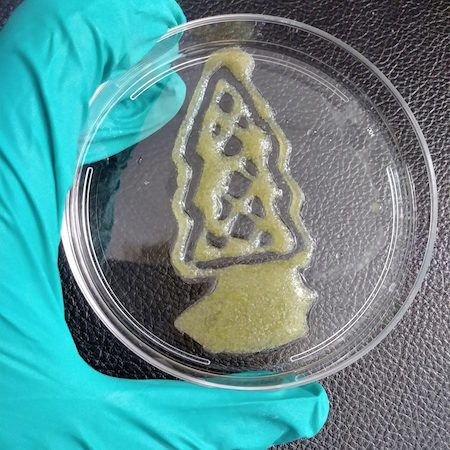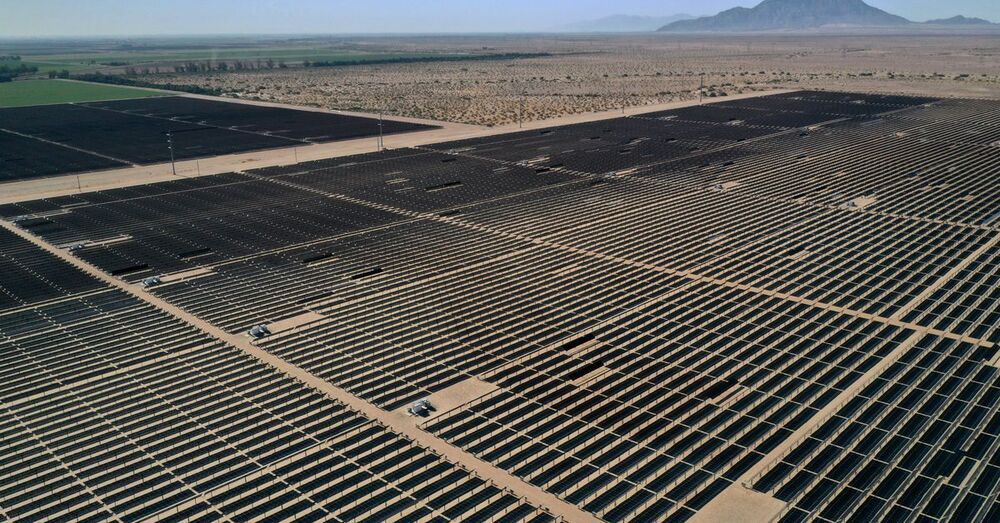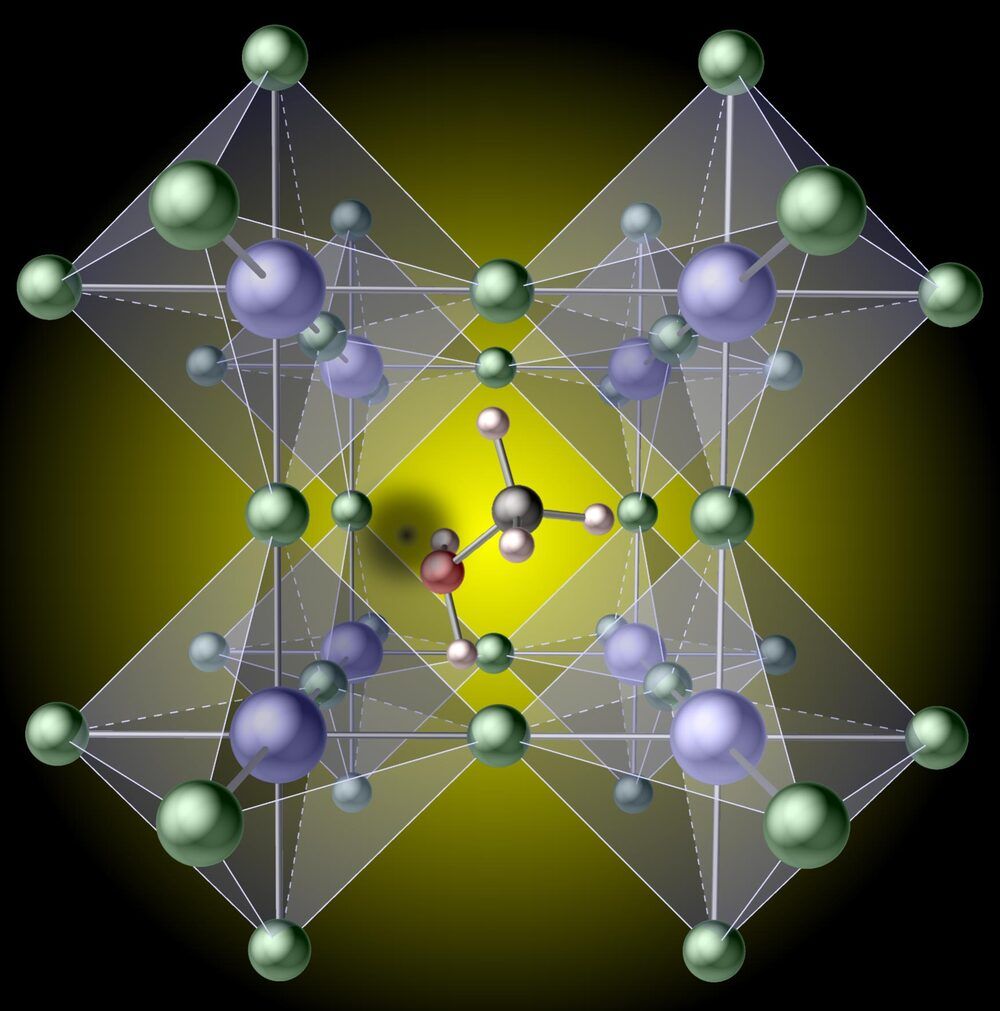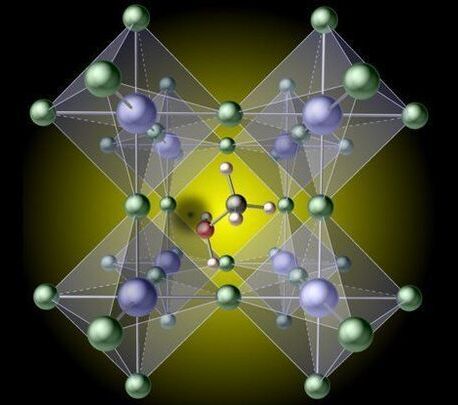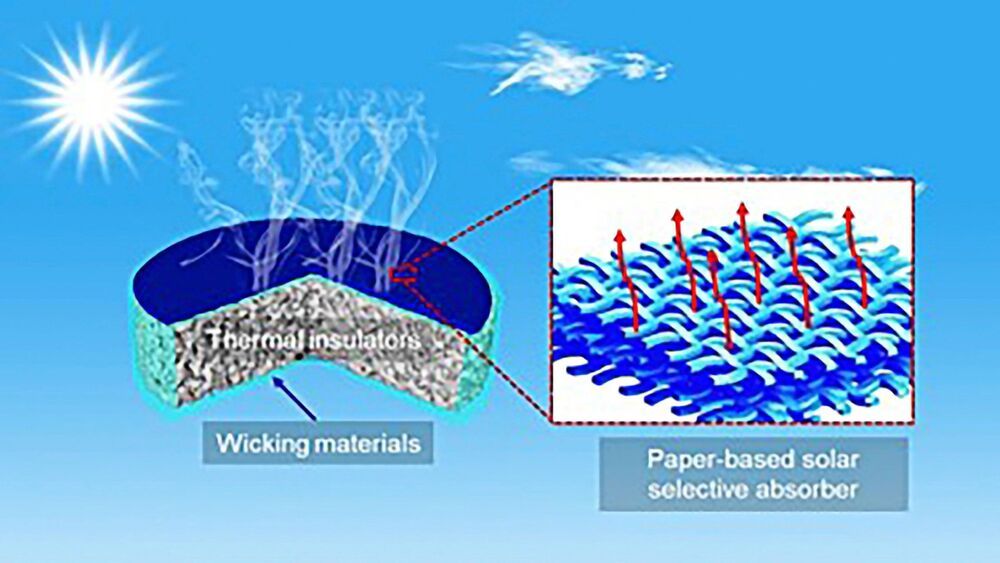Perovskite solar cells are advancing at a rapid rate, and is drawing interest from scientists working to not just boost their performance but better understand how they offer such incredible, ever-increasing efficiencies. By turning their tools to perovskite crystals scientists have discovered unexpected behavior that represents an entirely new state of matter, which they say can help drive the development of advanced solar cells and other optical and electronic devices.
One of the reasons there is such interest around perovskite solar cells is the counter-intuitive way they are able to offer such excellent performance in spite of defects in their crystal structure. While much research focuses on fixing these defects to boost their efficiency, through chemical treatments, molecular glue or even sprinklings of chili compounds, the fact remains that the material is a far more effective semiconductor than it should be.
“Historically, people have been using bulk semiconductors that are perfect crystals,” says senior author Patanjali Kambhampati, an associate professor in the Department of Chemistry at McGill University. “And now, all of a sudden, this imperfect, soft crystal starts to work for semiconductor applications, from photovoltaics to LEDs. That’s the starting point for our research: how can something that’s defective work in a perfect way?”


